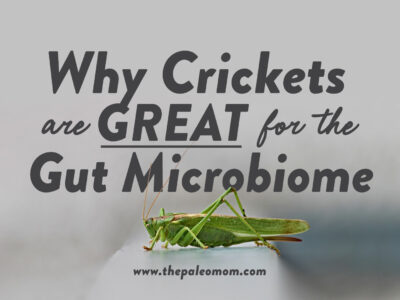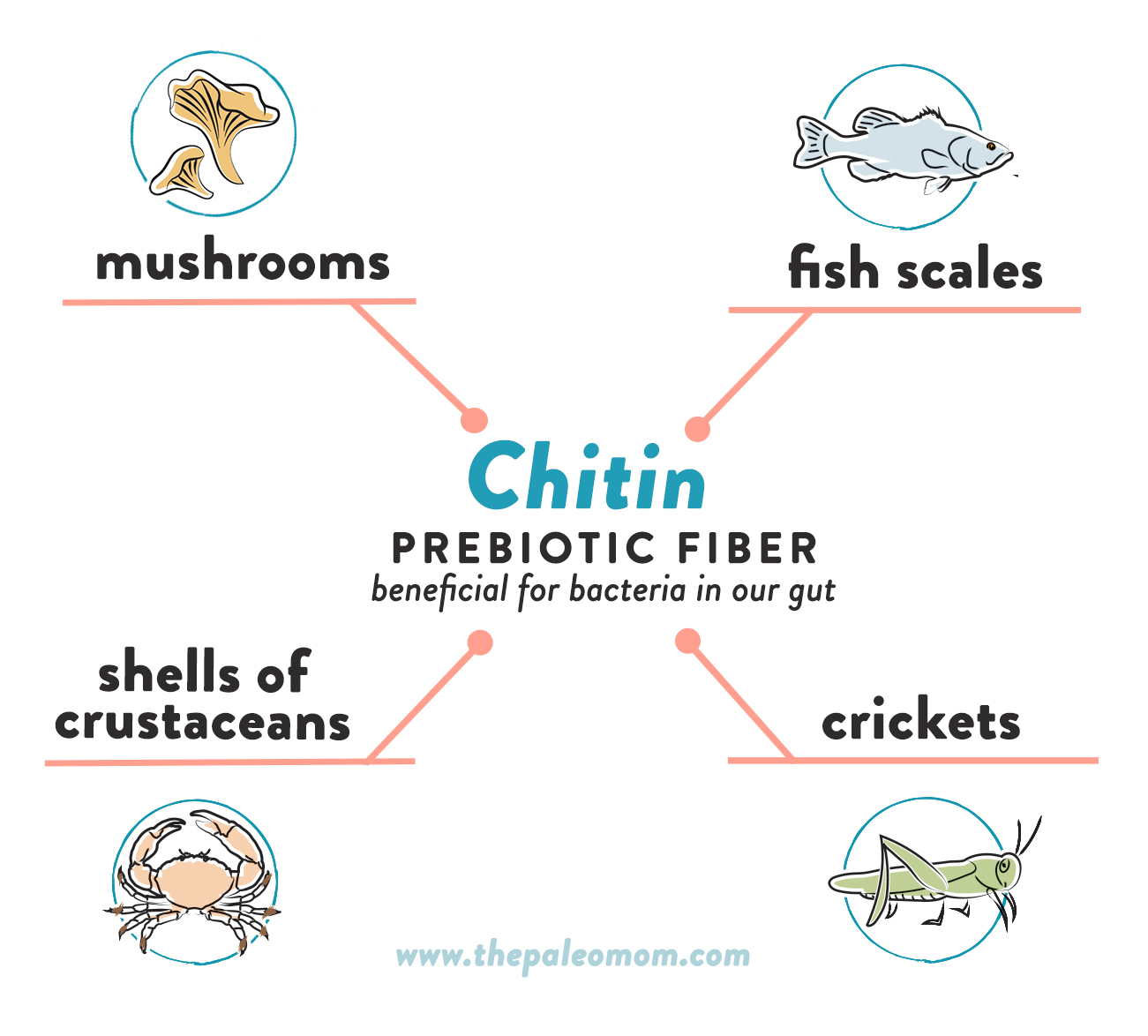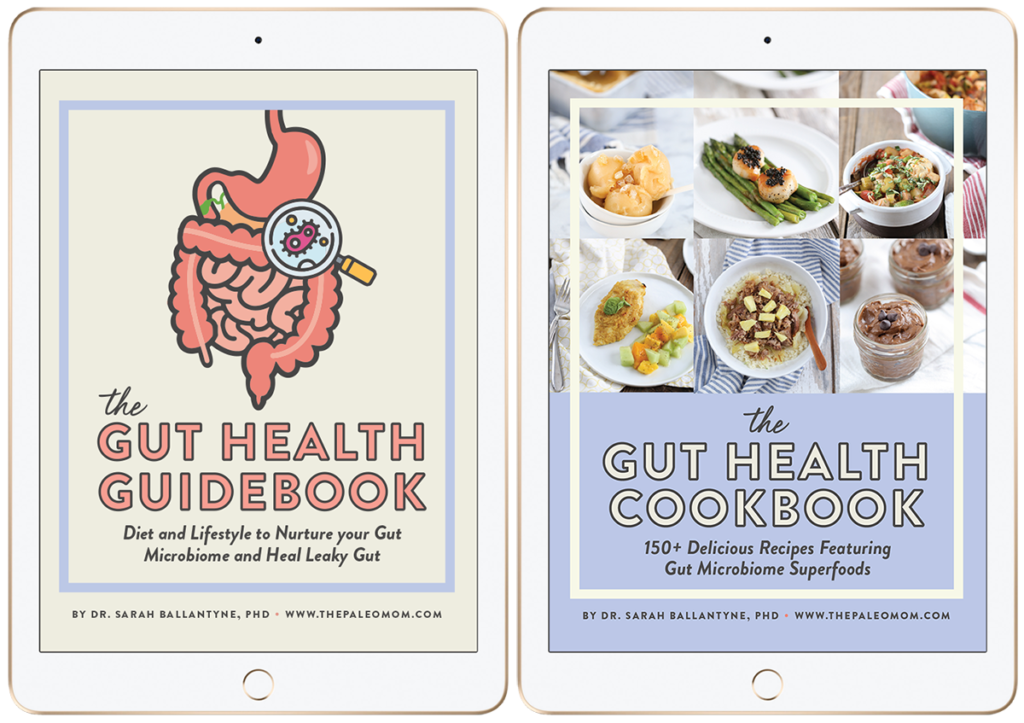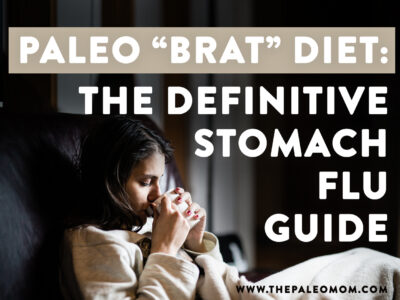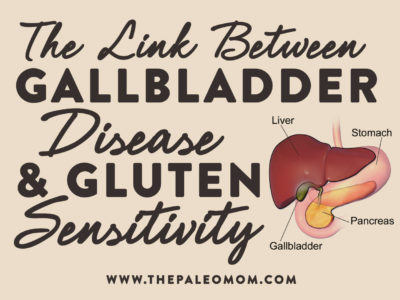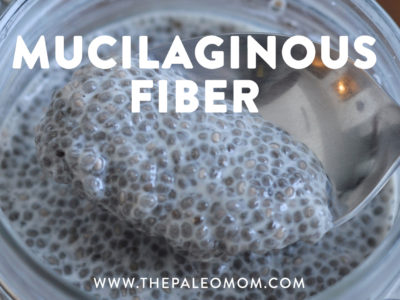 Maybe you’ve already heard that there’s a new kid (err, insect) on the block when it comes to awesome protein sources: crickets! Along with being an incredibly sustainable food source, crickets have twice as much protein per gram as chicken, are rich in vitamin B12 and iron, and are surprisingly versatile in the kitchen. Cricket protein is made from milling whole crickets, resulting in a nutrient-rich, high-protein grain powder that can be used in baking and other forms of cooking (cricket protein is being used in protein bars, crackers, cookies, as an addition to baking flours, mixed in salad dressings and smoothies, and even added to salt!). Along with containing more protein than beef, cricket protein is extremely sustainable: crickets require only a fraction of the resources used by traditional livestock farming—one-sixth of the feed and one-tenth of the water. It’s no wonder these mighty insects are making waves in the food world. (And besides, a whopping 2 billion people in 130 different countries regularly consume insects as part of their diet; us Westerners are just late to the game.)
Maybe you’ve already heard that there’s a new kid (err, insect) on the block when it comes to awesome protein sources: crickets! Along with being an incredibly sustainable food source, crickets have twice as much protein per gram as chicken, are rich in vitamin B12 and iron, and are surprisingly versatile in the kitchen. Cricket protein is made from milling whole crickets, resulting in a nutrient-rich, high-protein grain powder that can be used in baking and other forms of cooking (cricket protein is being used in protein bars, crackers, cookies, as an addition to baking flours, mixed in salad dressings and smoothies, and even added to salt!). Along with containing more protein than beef, cricket protein is extremely sustainable: crickets require only a fraction of the resources used by traditional livestock farming—one-sixth of the feed and one-tenth of the water. It’s no wonder these mighty insects are making waves in the food world. (And besides, a whopping 2 billion people in 130 different countries regularly consume insects as part of their diet; us Westerners are just late to the game.)
Table of Contents[Hide][Show]
In case those aren’t enough reasons to take the edible-insect plunge, here’s one more: crickets are great for supporting the gut microbiome! (If you’re not sure yet why that’s such a big deal, check out What Is the Gut Microbiome? And Why Should We Care About It?)
Cricket Fiber: Chitin
So, what makes crickets so special? Insect exoskeletons contain a unique type of fiber called chitin, which has a chemical structure similar to that of cellulose in plants, and which acts as a prebiotic for beneficial bacteria in our gut. (Chitin is also found in fish scales, the shells of crustaceans, and mushrooms—and yes, it’s one of the reasons why mushrooms are also so great for our gut critters! See Elevating Mushrooms to Food Group Status) Due to the differences in anatomy among different insects, the chitin content can vary significantly depending on the insect in question… and crickets happen to be an outstanding source!
A number of studies have looked at the effects of cricket flour and/or chitin consumption on the gut microbiota. In one double-blind crossover trial, 20 healthy adults were fed 25 g per day of whole cricket powder for two weeks (integrated into breakfast foods), along with cricket-free control foods for a different two-week period. The results? Compared to the control breakfast, cricket powder breakfasts supported the growth (a 5.7-fold increase in abundance!) of the important probiotic Bifidobacterium animalis, which has been shown to boost immunity, protect against pathogenic gut infections (including E. coli), improve glucose tolerance, decrease fasting insulin, reduce inflammation, reduce BMI from an obese baseline, and improve blood lipid profiles—among many other potential benefits that researchers are still exploring. Another study in humans found that supplementing with chitosan (a deacetylated derivative of chitin) for eight weeks had Bacteroides-boosting effects, along with increasing the numbers of butyrate-producing bacteria (butyrate is an incredibly important short-chain fatty acids used by our intestinal epithelial cells!).
In mice, chitin has been shown to bring positive shifts in the gut microbiota. One study found that in mice with metabolic syndrome induced by a processed high-fat diet, supplementation with chitin improved glucose control, suppressed mRNA expression of protein regulators related to obesity, inhibited the destruction of the gut barrier, and promoted the growth of a variety of beneficial gut microbes (including Bifidobacterium, Lactobacillus, Akkermansia, and Bacteroides) while also decreasing the abundance of microbes linked with inflammation (such as Desulfovibrio). Overall, the chitin was able to help restore the microbial community that had been harmed through diet! Another study using diabetic mice found similar Akkermansia increases from chitosan, as well as suppression of Helicobacter (the genus containing the H. pylori pathogen that’s linked to peptic ulcers and stomach cancer).
In another mouse study, consuming 300 mg per kg of bodyweight of dietary chitosan each day, for a period of two weeks, caused the gut microbiota to become more diverse (that’s considered a sign of a healthy microbiome!), and also increased the proportion of Bacteroidetes and decreased the proportion of Firmicutes (a ratio shift in this direction is associated with leanness rather than obesity). And in diabetic rats, ingesting 60 mg of chitosan per kg of body weight each day, for a period of eight weeks, prevented unfavorable changes in Lactobacillus, Bifidobacterium, Escherichia, and Clostridia levels induced by a high-sugar diet, while also reducing inflammation from endotoxin.
And, an investigation into the prebiotic potential of chitosan oligosaccharide (an enzymatically hydrolyzed form of chitosan) found that it was even more effective in promoting Lactobacillus and Bifidobacteria growth than fructo-oligosaccharides (fructo-oligosaccharides only stimulated the growth of two Bifidobacterium and one Lactobacillus strain, whereas chitosan oligosaccharides had a stimulatory effect on additional Bifidobacterium strains and most of the tested Lactobacillus strains). This is great news, because the Lactobacillus and Bifidobacteria genera are both able to produce important short-chain fatty acids, and researchers have thoroughly documented their benefits in humans (especially when it comes to immune function and protection from infection).
So, what does all this tell us? Crickets, and the chitin they contain, can work some serious prebiotic magic on our gut microbiota. And, with surprisingly tasty foods like cricket flour and cricket-flour-containing food bars hitting the market, edible insects are becoming more accessible than ever before to those of us living in Westernized societies. Future studies will help us get a more detailed understanding of how this amazing food source affects the human gut, but the evidence so far clearly says “crickets for the win!”
Cricket Production and Gluten
As is so often the case, quality matters. Cricket feed is grain-based (although various farms are experimenting with feed ingredients that may decrease the carbon footprint of cricket farming even further, such as corn husks or citrus rinds, which would otherwise be discarded) and may contain wheat. To make cricket products (flour, powder, roast crickets, cricket protein bars, etc.), crickets are euthanized, washed, and then dehydrated or roasted (for cricket powders and bars, they are further ground). The washing step is crucial in removing grain and grain proteins like gluten, so I highly recommend checking for gluten-free certification, meaning that the finished product has been tested and meets the gluten-free certification standard of 10 ppm or less gluten (5 ppm gliadin). There are plenty of delicious cricket product options that are certified gluten-free, but for my readers with autoimmune disease, including celiac disease, I recommend organic cricket protein from Entomo Farms which feeds organic gluten-free feed to its organic crickets (more information here) or reaching out to your brand of choice to ask about the cricket feed ingredients if you’re concerned.
Citations
Bernini LJ, et al. “Beneficial effects of Bifidobacterium lactis on lipid profile and cytokines in patients with metabolic syndrome: A randomized trial. Effects of probiotics on metabolic syndrome.” Nutrition. 2016 Jun;32(6):716-9. doi: 10.1016/j.nut.2015.11.001. Epub 2015 Dec 7.
Bomhof MR, et al. “Combined effects of oligofructose and Bifidobacterium animalis on gut microbiota and glycemia in obese rats.” Obesity (Silver Spring). 2014 Mar;22(3):763-71. doi: 10.1002/oby.20632. Epub 2013 Oct 17.
Finke MD. “Estimate of chitin in raw whole insects.” Zoo Biol. 2007 Mar;26(2):105-15. doi: 10.1002/zoo.20123.
Guan G, et al. “Dietary Chitosan Supplementation Increases Microbial Diversity and Attenuates the Severity of Citrobacter rodentium Infection in Mice.” Mediators Inflamm. 2016;2016:9236196. Epub 2016 Sep 28.
Kabeerdoss J, et al. “Effect of yoghurt containing Bifidobacterium lactis Bb12® on faecal excretion of secretory immunoglobulin A and human beta-defensin 2 in healthy adult volunteers.” Nutr J. 2011 Dec 23;10:138. doi: 10.1186/1475-2891-10-138.
Lee HW, et al. “Chitosan oligosaccharides, dp 2-8, have prebiotic effect on the Bifidobacterium bifidium and Lactobacillus sp.” Anaerobe. 2002 Dec;8(6):319-24.
Mastsumoto M & Benno Y. “Anti-inflammatory metabolite production in the gut from the consumption of probiotic yogurt containing Bifidobacterium animalis subsp. lactis LKM512.” Biosci Biotechnol Biochem. 2006 Jun;70(6):1287-92.
Meng H, et al. “Consumption of Bifidobacterium animalis subsp. lactis BB-12 impacts upper respiratory tract infection and the function of NK and T cells in healthy adults.” Mol Nutr Food Res. 2016 May;60(5):1161-71. doi: 10.1002/mnfr.201500665. Epub 2016 Mar 1.
Mrázek J, et al. “PCR-DGGE-based study of fecal microbial stability during the long-term chitosan supplementation of humans.” Folia Microbiol (Praha). 2010 Jul;55(4):352-8. doi: 10.1007/s12223-010-0057-y. Epub 2010 Aug 3.
Prajapati B, et al. “Investigation of Chitosan for Prevention of Diabetic Progression Through Gut Microbiota Alteration in Sugar Rich Diet Induced Diabetic Rats.” Curr Pharm Biotechnol. 2015;17(2):173-84.
Stenman LK, et al. “Potential probiotic Bifidobacterium animalis ssp. lactis 420 prevents weight gain and glucose intolerance in diet-induced obese mice.” Benef Microbes. 2014 Dec;5(4):437-45. doi: 10.3920/BM2014.0014.
Stull VJ, et al. “Impact of Edible Cricket Consumption on Gut Microbiota in Healthy Adults, a Double-blind, Randomized Crossover Trial.” Sci Rep. 2018 Jul 17;8(1):10762. doi: 10.1038/s41598-018-29032-2.
van Huis A, et al. “Edible insects: Future prospects for food and feed security.” 2013. Food and Agriculture Organization of the United Nations (FAO).
Zheng J, et al. “Chitin Oligosaccharide Modulates Gut Microbiota and Attenuates High-Fat-Diet-Induced Metabolic Syndrome in Mice.” Mar Drugs. 2018 Feb 19;16(2). pii: E66. doi: 10.3390/md16020066.
Zheng J, et al. “Chitosan oligosaccharides improve the disturbance in glucose metabolism and reverse the dysbiosis of gut microbiota in diabetic mice.” Carbohydr Polym. 2018 Jun 15;190:77-86. doi: 10.1016/j.carbpol.2018.02.058. Epub 2018 Mar 21.

